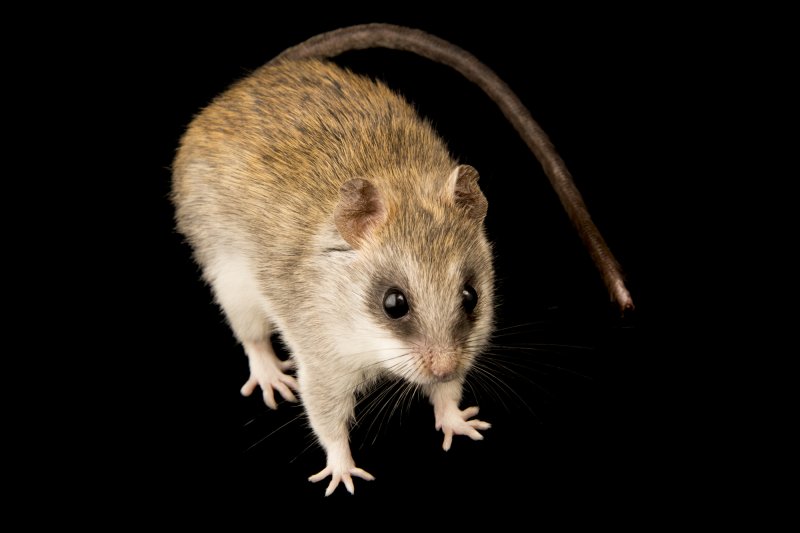20 August 2020
New replenishment of Darwin museum collection – A skeleton of the Acacia rat (Thallomys sp.)
This is a new skeleton
of an acacia rat made for the museum's osteological collection by the Museum
taxidermist’s apprentice. Acacia rat (Thallomys sp.) is a member of the mouse
family, reaching an average length of 30 cm if you measure them from the tip
of the nose to the tip of the tail. The rodent weighs no more than 100 g. It
inhabits sub-Saharan Africa, mainly the savannas, but can also be found in
forest glades, and even in gardens.
These rodents build
nests in tall trees, while bushes are the place of feeding. Any type of tree can
be used for nesting, as long as it is tall and old enough. They also inhabit
dry, dead trees with cavities inside. They live in hollows, build nests with
thin twigs and green parts of plants. Escaping from pesky parasites such as
fleas, rats often have to move from one nest to another.
The main food source
for acacia rats is acacia trees and bushes, which not only provide them with
food but also protect them from predators with their thorns. Rats eat buds,
leaves, flowers, and fruits, in winter they feed on seeds, dry leaves, gnaw bark
and eat insects. Acacia rats are mainly seed-eating animals, but they also like
berries, grass, roots, and acacia resin. The inedible parts of plants are used
by rats for arranging the nest.
Rats become active in the evening, with the peak of activity being approximately 2 hours. The second peak is observed before dawn. The activity is low between peaks.



Комментарии могут оставлять только зарегистрированные пользователи










